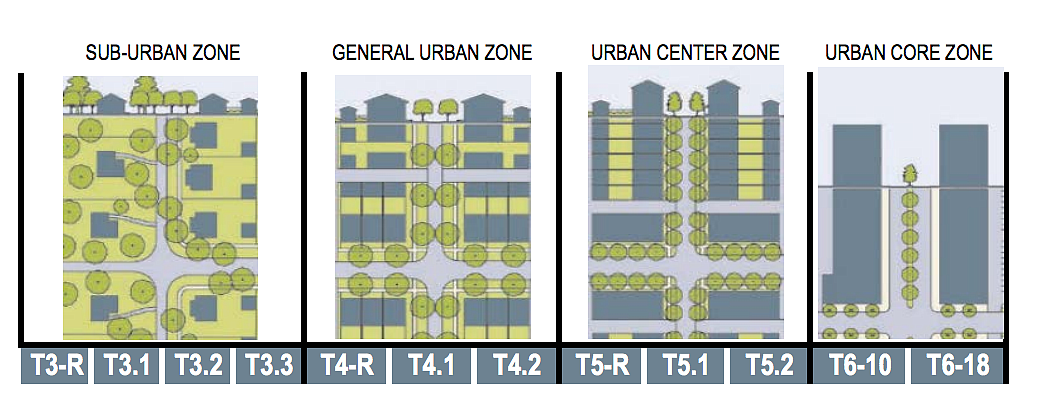- April 19, 2024
-
-
Loading

Loading

On Friday, the city’s Urban Design Studio formally submitted a precursor to the forthcoming form-based zoning code for staff to review.
The timing of this submission is largely procedural. Because the city must first adopt changes to its comprehensive plan and future land use map before it could adopt the new zoning document, the Urban Design Studio is laying the groundwork for the code to be adopted next year.
The studio won’t even file for the future land use changes until August — this step just lets the city’s Development Review Committee discuss the proposal ahead of time, allowing for any adjustments, if necessary.
But it also begins to clarify the timeline for adopting the new zoning code. In the submittal, Urban Design Studio Director Karin Murphy writes that the form-based code will be completed and available to the public by the end of the summer. The studio plans to hold public information events through the end of the year, including a two-day workshop at Selby Library in October.
If all goes according to plan, the code will go before the Planning Board and City Commission in early 2018 for potential approval.
The Urban Design Studio, led by Murphy, began drafting a new form-based code in 2013. The document is designed to increase predictability for new developments while emphasizing New Urbanist principles, such as increased walkability and a focus on the form, rather than use, of a building.
The documents filed last week pertain to the creation of new zoning classifications for property within the city. To determine what’s allowed to be built on a given parcel, the form-based code would use a series of transects — zone designations that gradually transition from more suburban to more urban in character.
Murphy said she’s striving to make sure the public hearings on the adoption of the code happen during the winter and spring, when seasonal residents are in town and have an opportunity to offer their feedback. In the meantime, the Urban Design Studio will continue to listen to public input to refine its proposed zoning changes.
“We’ll have plenty of time for continued review with all of the stakeholders,” Murphy said.